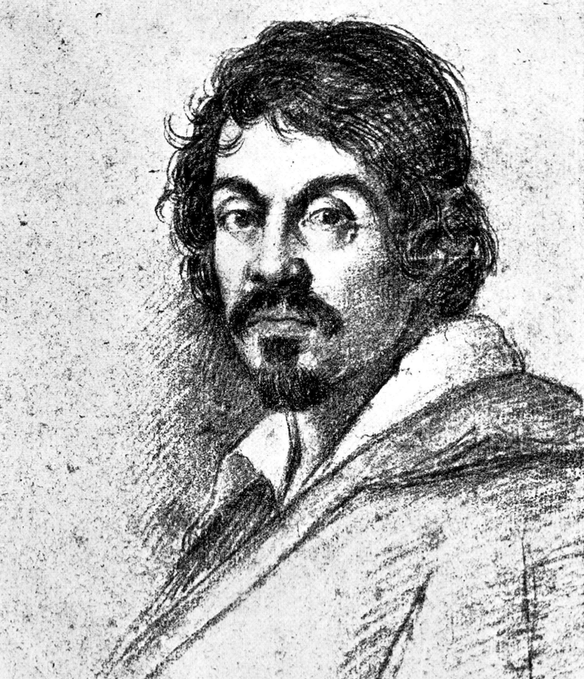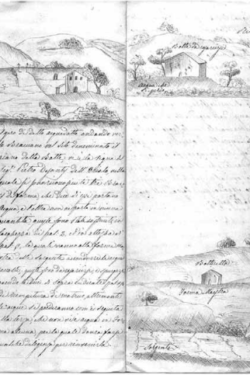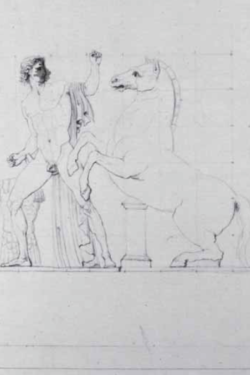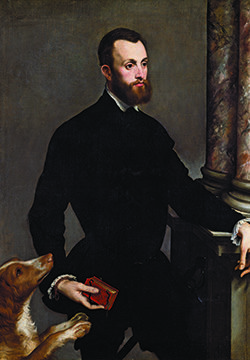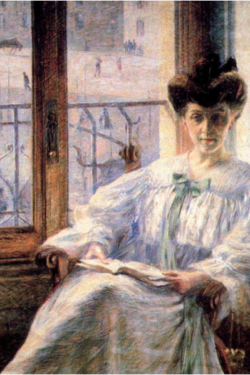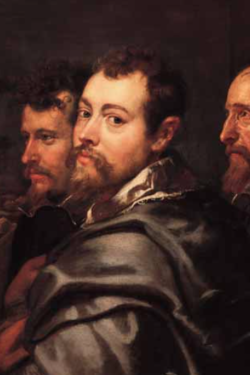Descrizione
Storia dell’arte 4, Ottobre – Dicembre 1969
Hanno-Walter Kruft
Ein Album mit Porträtzeichnungen Ottavio Leonis
Ottavio Leoni was one of the most famous portrait-artists of the first quarter of the XVII century. His drawings, which are mentioned by Baglioni in his Life of the artist, were sketched on blue paper « à deux crayons », that is to say, in black and red chalk, with touches of white: this technique is sometimes defined as being « à trois crayons » and has been adopted previously by Federico Zuccari and by Goltzius, but Leoni contributed more than anyone else to its diffusion. Ottavio Leoni, who was born probably in Rome in 1578 was trained by his father Ludovico to execute small-size portraits. In 1604 he was nominated a member of the Academy of St. Luke and in 1614 assumed the dignity of Prince of the same Academy. He must have been closely associated with the aesthetic theories of the Academy, but since he left no written record of his ideas the fundamental criteria on which he based his art when drawing his portraits must be deduced from what we know of those theories. Leoni also painted portraits in oils and several altar-pieces, but what made him famous, apart from his portrait-drawings, was a series of engraved portraits; while preparing the copper-plates for these engravings he contracted a gastric disturbance which led to his death in 1630. Baglione recounts that Leoni had dedicated himself to a « virtuous and weighty task », that is to say, the preparation of a series of engravings reproducing « portraits of various Princes and persons virtuous in their professions and dedicated men ». This series of engravings, to the number of 40, was interrupted by the artist’s decease. We do not know how he would have completed it. This essay discusses an album containing 27 portrait-drawings, 19 of which were probably preparatory designs for the engravings he managed to execute; the other drawings were probably intended to be engraved, too. This album, which is in the Biblioteca Marucelliana in Florence, is a compilation put together in the XVIII century by the simple method of gumming Leoni’s drawings to sheets of paper to form a volume. It contains 14 portraits of painters (self-portrait, Annibale Carracci, Agostino Carracci, Caravaggio, Tempesta, Cavalier d’Arpino, Guercino, Filippo d’Angeli, Pomarancio, Vouet, Baglione, Mao Salini, Domenico Ambrogini, Girolamo Nanni), 3 portraits of sculptors (G. L. Bernini, Ludovico Leoni, Marcello Provenzale), 2 portraits of astronomers (Galileo and Christoph Schreiner), 7 men-of-letters (Giovanni Ciampoli, G. B. Marino, Gabriello Chiabrera, Francesco Bracciolini, Pierfrancesco Paoli da Pesaro, Scipion Cicero, Tommaso Stigliano) and concludes with a further self-portrait. Leoni appears to have desired to include in his choice of portraits only those « famous men » who were still alive in 1600 and in this he shows a certain affinity with Baglione, who included in his « Lives » only those artists who were still living in the period 1572-1642. What is new in Leoni’s choice of subjects is the fact that he extended his scope to include other fields of knowledge, for in addition to the usual series of artists he gives us portraits of « various Princes and people renowned in every profession ». Similar criteria were also adopted by Paolo Giovio and Francisco Pacheco. The drawings in the album from the Biblioteca Marucelliana are compared in detail with the engravings Leoni made from them and with other portraits of the same persons, the result being that Leoni evidently tended to idealize his subjects. This is particularly striking in his portraits of Bernini and Vouet. The author views this idealization not as a mere general embellishment of the portraits but as an interpretation corresponding with the aesthetic theories of the end of the Cinquecento and the beginning of the Seicento, and quotes, in support of his theory, various remarks on the art of portrait-painting by Agucchi, Bellori, Vasari, Lomazzo, Armenino and Zuccari.
